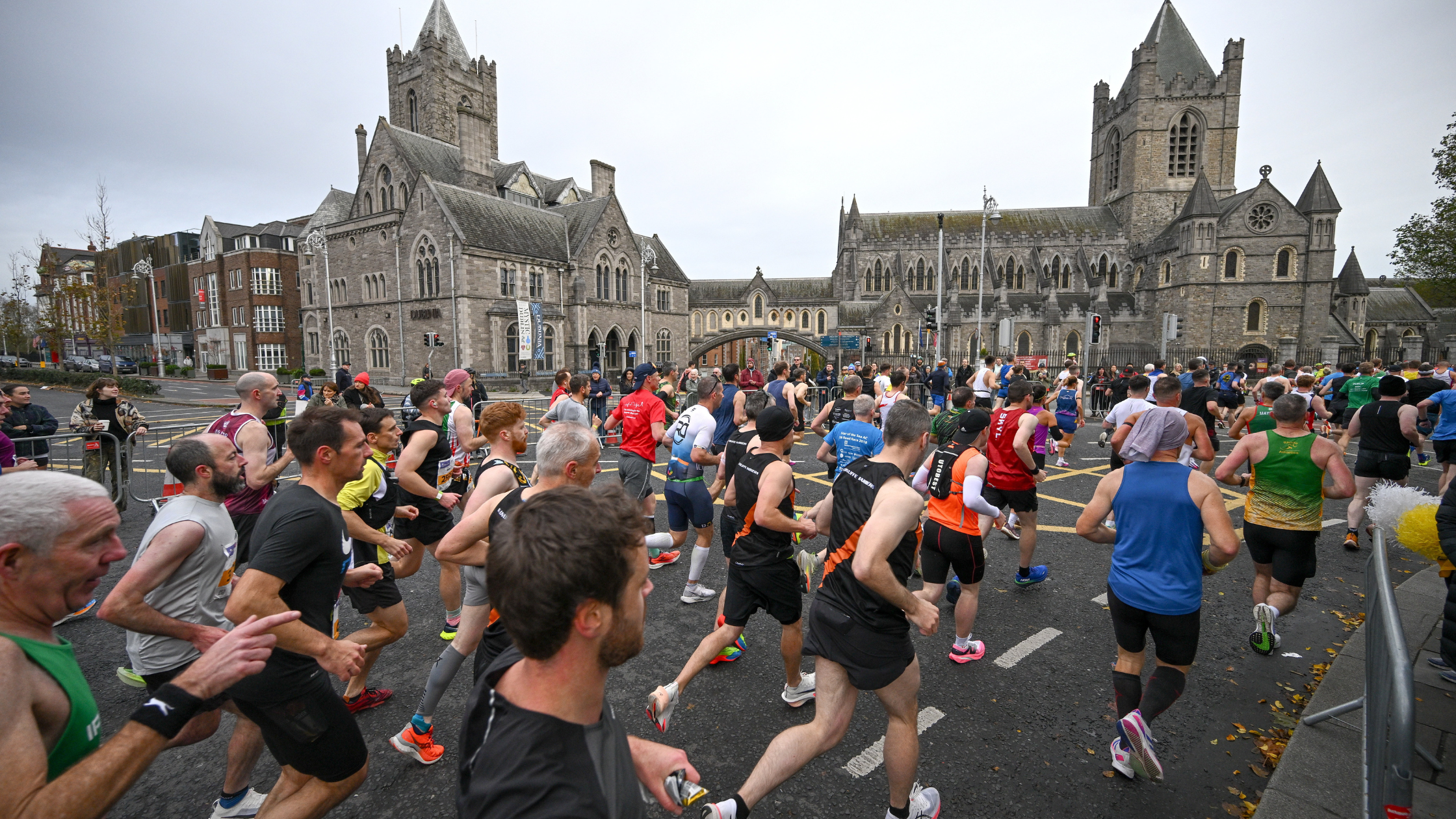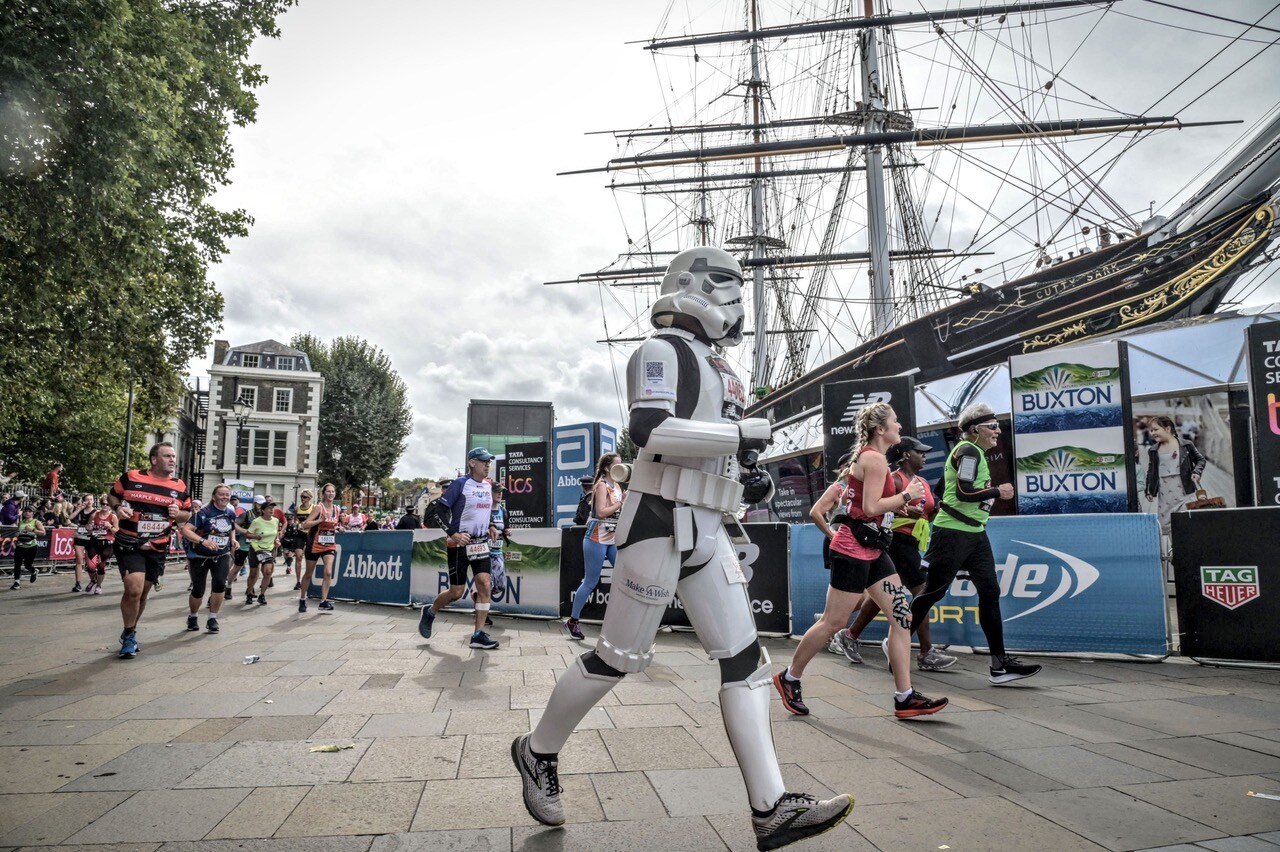If you are out of luck and your race coincides with a day when the thermometer is rising then it doesn’t have to prove to be a disaster, so long as you race smart according to the conditions.
When exercising in hot conditions several things happen physiologically that make the effort harder. ‘Cardiovascular drift’ occurs where an increase in sweat rates causes a decrease in blood plasma volume (the liquid component of the blood). This means that your blood becomes more viscous and the return of blood back to the heart decreases.
Therefore in order to compensate for this there is a gradual increase in heart rate. So, if the mercury soars on race day, check out these top tips for running in the heat:
Perceptive pacing
When racing on a warm day, it’s important to be realistic; your end time is likely to be slower. You should focus on the process rather than the outcome, and adopting a sensible pacing strategy is the best way to maximise your potential when racing in the heat. The best approach is to try and start slightly conservatively and if possible run a negative split (where you run the second half of the race faster than the first).
Appropriate apparel
Your choice of race day clothing will definitely have an impact on your level of comfort, particularly if you know that it’s going to be a sweat fest! Opt for a breathable vest or crop top with wickable fabric and if possible go for lighter colours that help to reflect rather than absorb heat.
Wearing a white cap will help to keep the sun off of your head and will therefore reduce the risk of heat stroke. If it’s really warm you might want to soak the cap in water before you start to help keep you cool for those first few miles.
Pre-race routine
What you do in the hour or so before the gun goes off can have a big impact on your race result. If the conditions are really warm then you may want to consider methods of pre-cooling such as a cold shower or using ice packs, which reduce your core body temperature.
Warm environmental conditions also require a much shorter warm up as your heart rate will already be elevated and your muscles warm as a result of the heat. Ploughing on with your usual warm up routine will likely result in your core body temperature increasing to the point where it has a negative effect on performance. When it’s warm you should reduce the length of time that you spend jogging and focus more on dynamic stretching and mobility work.
Helpful hydration
Warm weather means higher sweat rates. In order to optimise your performance you should ensure that you are adequately hydrated before, during and after the race. It’s vital to replace the electrolytes that are lost through sweat as your body’s cells rely on them to function properly.
This is even more important if you’re a particularly ‘salty sweater’. (You can tell if you’re a salty sweater if you get that white film on your face, neck or shoulders or you can taste salt in the shower after a run!).
Beware of blisters!
As temperatures begin to rise you may find that you become more susceptible to blisters and chaffing. Ouch! Good old Vaseline is perfect for helping to prevent unwanted blisters and chaffing. You can even try putting a dab on your eyebrows to help prevent any sweat from running into your eyes!
Also be careful when you are drinking not to spill all the drink over your shoes as this will only add to the moisture within your shoes and further increase the potential for blisters.














